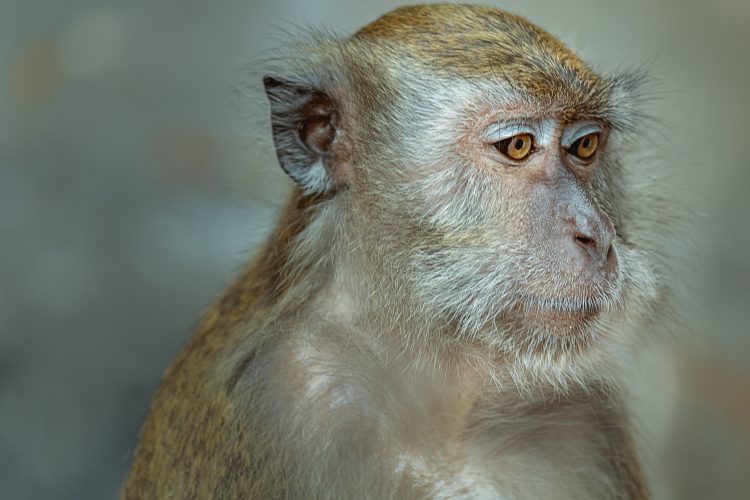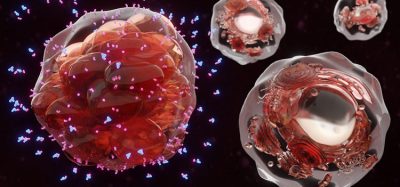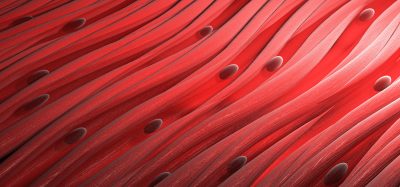Cynomolgus macaques: a promising animal model of COVID-19 infection?
Posted: 17 April 2020 | Hannah Balfour (Drug Target Review) | No comments yet
Researchers comparing the effects of SARS-CoV-2, SARS-CoV and MERS-CoV in cynomolgus macaques suggest they could be an effective animal model for testing COVID-19 therapeutics.

A comparison of how several human coronaviruses, including those which cause COVID-19 (SARS-CoV-2), Severe Acute Respiratory Syndrome (SARS-CoV) and Middle Eastern Respiratory Syndrome (MERS-CoV), develop in cynomolgus macaques suggests they are a promising model for testing COVID-19 treatments.
According to the authors of the paper published in Science, treatments are vital to stop the spread of the COVID-19 pandemic, but for these to be developed and tested, animal models which recapitulate the disease are also required.
In order to understand the pathogenesis and symptoms of SARS-CoV-2, researchers infected young and old cynomolgus macaques with a strain of SARS-CoV-2 isolated from a German traveller returning from China. They also infected macaques with MERS-CoV and compared data from the two experimental groups with historical infection data for SARS-CoV.
According to the researchers, SARS-CoV-2 gave the macaques mild COVID-19-like disease, with little to no symptoms, even as the animals were shedding the virus. They said this is similar to how asymptomatic humans shed SARS-CoV-2.
The team also detected higher levels of viral RNA for a longer duration in older macaques; although, none developed the severe symptoms seen in humans. A further observation was that, unlike SARS-CoV, the animals shed the virus from the respiratory tract very early during infection, a characteristic seen in influenza and a possible reason to explain how COVID-19 spread so quickly across the globe.
The macaques infected with MERS-CoV did not develop notable symptoms during the trial period.
“This study provides a novel infection model which will be critical in the evaluation and licensure of preventive and therapeutic strategies against SARS-CoV-2 infection for use in humans,” write the authors.
Related topics
Disease Research, Drug Development, Drug Targets, Research & Development







